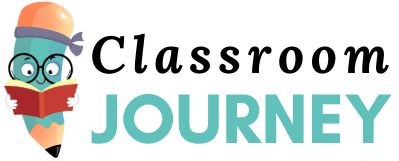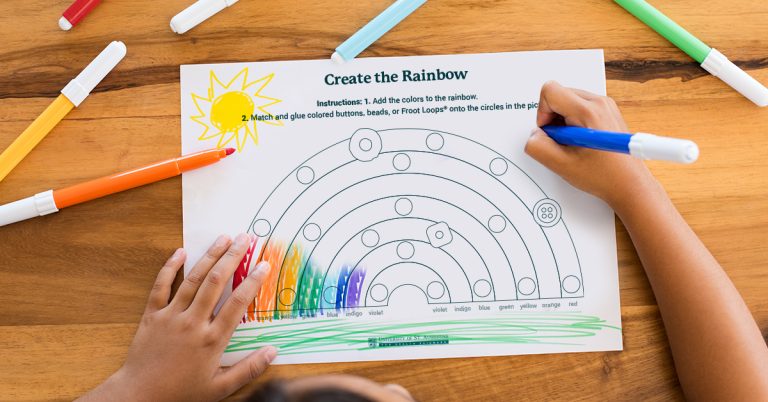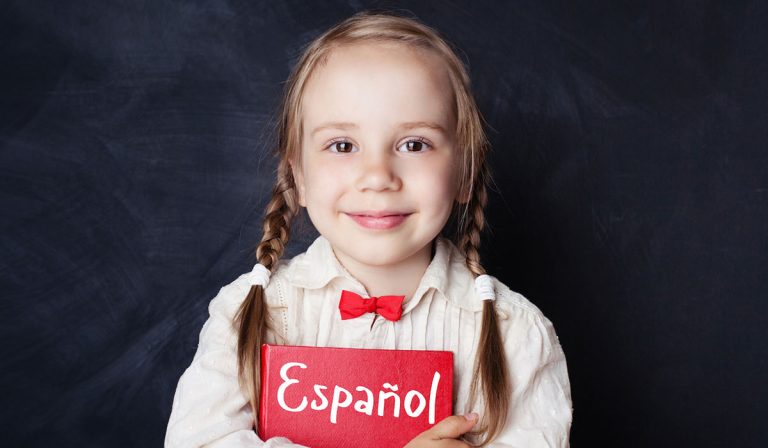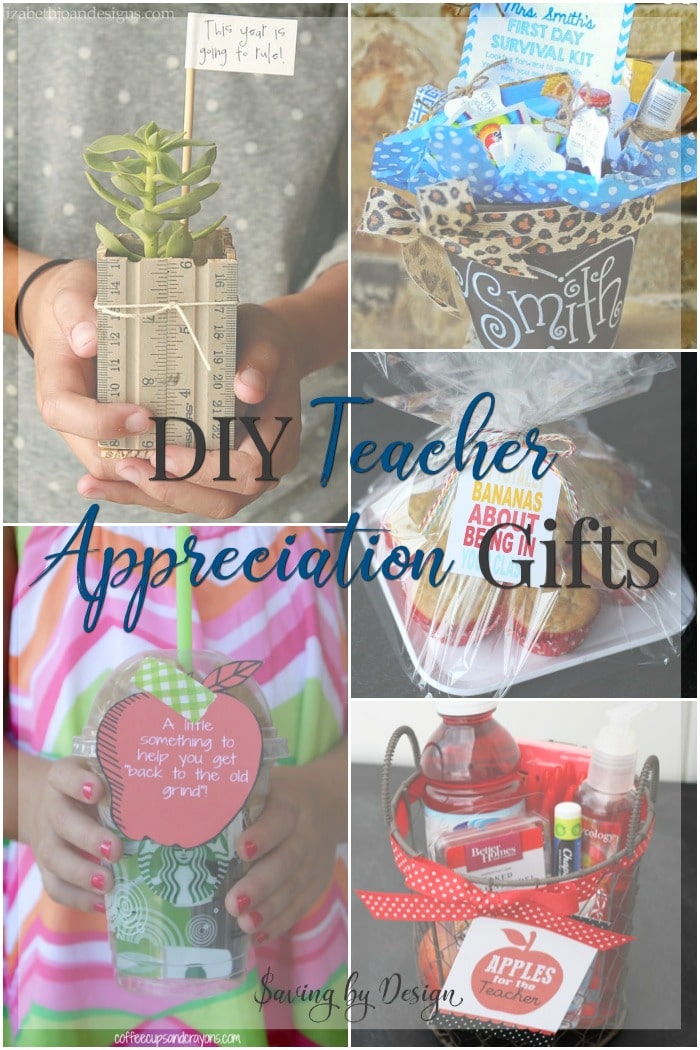How Can I Homeschool My Child for Free: Zero-Cost Strategies

You can homeschool your child for free by utilizing online resources and public library materials. Collaborate with local homeschooling groups for shared teaching and support.
Homeschooling your child doesn’t have to come with a hefty price tag. In an age where free educational resources abound, parents and guardians can craft a robust, cost-effective learning environment right at home. With the rise of open educational resources, you can access a treasure trove of free curriculum guides, lesson plans, and educational materials tailored for a wide range of subjects and grade levels.
Libraries become invaluable allies, offering a wealth of books, multimedia, and often, free educational workshops or events. Online platforms, such as Khan Academy and Coursera, provide complimentary courses across a vast spectrum of disciplines, catering to the unique needs and interests of every student. Peer-led homeschool networks offer additional support, enabling the sharing of resources and experiences, making homeschooling not just affordable, but a richly communal experience.
Exploring Homeschooling For Free
Embarking on the homeschooling journey can be an enriching experience for both parents and children. With resources more accessible than ever, educating your child at home without incurring hefty costs is entirely possible. This section breaks down the essentials of free homeschooling, providing insight into the concept, its legal parameters, and the tangible benefits it offers. Let’s explore how you can confidently facilitate your child’s learning at a cost that is budget-friendly – free.
Understanding The Homeschooling Concept
Homeschooling is an educational practice where parents or guardians take on the role of educators, crafting a personalized learning environment outside of the traditional school setting. This method enables a flexible, tailored curriculum designed to fit a child’s unique pace and interests.
- Access to free online platforms that offer structured courses for all grade levels.
- Utilization of public libraries to supplement learning with books, media, and educational programs.
- Incorporation of real-world experiences into the curriculum, such as nature walks, museum visits, and community volunteering.
- Connecting with local homeschooling groups for shared resources, advice, and collaboration on projects and field trips.
Legal Prerequisites For Homeschooling
Before starting your homeschooling adventure, it’s vital to understand the legal requirements in your location. Laws and regulations vary by state and country, but generally include:
- Submitting a notice of intent to homeschool to local authorities.
- Maintaining attendance records and evidence of educational progress.
- Following a basic educational structure that the law may outline, such as covering specific subjects.
Consult local homeschooling laws and join community forums to stay informed about regulatory updates and compliance tips.
Benefits Of Homeschooling At Zero Cost
Homeschooling without a financial burden can offer numerous advantages:
| Benefit | Description |
|---|---|
| Customized Learning | Adapt teaching methods and materials to address your child’s learning style and interests. |
| Flexibility in Scheduling | Arrange educational activities around your family’s timeframe rather than conform to a school’s rigid schedule. |
| Family Bonding | Strengthen family relationships through collaborative learning and shared experiences. |
| Risk Management | Minimize exposure to bullying, peer pressure, and other potential risks of traditional school environments. |
By embracing these advantages, families can enjoy a high-quality education without the associated costs.
Leveraging Free Online Resources
Embarking on the homeschooling journey does not have to be a financial strain. With the wealth of resources available online at no cost, you can craft an enriching educational experience for your child without dipping into your savings. From open-source platforms to public domain treasures, the internet is a homeschooler’s ally.
Identifying Open-source Educational Platforms
Open-source educational platforms offer a treasure trove of learning materials that can be a backbone for a comprehensive homeschool curriculum. These platforms provide a range of courses across subjects, catering to different age groups and learning styles.
- Khan Academy – Features a myriad of interactive lessons spanning math, science, and more.
- CK-12 Foundation – Provides STEM-based content tailored for K-12 students with textbooks, videos, and exercises.
- Coursera – Offers courses from universities worldwide, many of which are free to audit.
Utilizing Public Domain Books And Resources
The public domain is a virtual goldmine of educational content freely available to weave into your homeschooling syllabus. You can find an extensive collection of literature, textbooks, and historical documents that are legally free to use without any copyright restrictions.
- Project Gutenberg – Home to over 60,000 free eBooks, including classic literature.
- Internet Archive – A non-profit library offering millions of free books, movies, software, and more.
- Google Books – A platform where you can search and preview millions of books from libraries and publishers worldwide.
Finding Free Homeschooling Communities And Forums
Beyond individual resources, becoming part of a homeschooling community can provide support, advice, and shared resources at no cost. These communities often hold forums, group activities, and co-op classes that can enhance your child’s learning experience. Here are a few places to start:
| Community | Description | Type |
|---|---|---|
| Homeschool.com | A comprehensive portal with articles, printables, and a supportive forum. | General |
| The Well-Trained Mind Community | Focuses on classical education, offering forums for discussion and support. | Classical Education |
| SecularHomeschool.com | Caters to non-religious homeschooling families with forums and resources. | Secular |
Structuring Your Homeschool Curriculum
Welcome to the pivotal chapter in your journey of providing quality education to your children right from the comfort of your home. Structuring Your Homeschool Curriculum stands as the keystone in crafting a learning experience that is both enriching and effective. Whether you’re a seasoned educator or a parent dipping your toes in the educational waters for the first time, this step-by-step guide will help align your homeschooling intentions with tangible, daily practices—all without the need for expensive resources. Let’s embark on a rewarding adventure by laying out a structure that promises a broad and balanced education for your child.
Core Subjects And Skills To Focus On
The foundation of a robust homeschool curriculum builds upon critical core subjects and skills. Prioritize these areas:
- Literacy: Reading, writing, and communication skills are paramount.
- Mathematics: Basic arithmetic to advanced math based on age and skill level.
- Science: Encourage scientific thinking and curiosity about the natural world.
- Social Studies: Foster an understanding of history, geography, and cultures.
- Arts: Promote creativity through visual arts, music, and performance.
- Physical Education: Keep active with regular exercise routines and outdoor play.
- Life Skills: Include practical skills like cooking, budgeting, and critical thinking.
Utilize free resources like online educational platforms, public library books, community workshops, and educational YouTube channels to cover these subjects effectively.
Mapping Out A Basic Free Homeschool Schedule
Crafting a schedule is a critical step to ensure that every homeschooling day is productive and balanced. Follow this basic structure:
| Time Slot | Activity |
|---|---|
| 9:00 AM – 10:00 AM | Mathematics |
| 10:00 AM – 11:00 AM | Literacy Time |
| 11:00 AM – 12:00 PM | Science or Social Studies |
| 12:00 PM – 1:00 PM | Lunch Break |
| 1:00 PM – 2:00 PM | Arts / Physical Education |
| 2:00 PM – 3:00 PM | Reading / Free Exploration |
Remember, flexibility is key in homeschooling. Adapt the schedule to fit your child’s needs and don’t forget to include short breaks between sessions to maintain their focus and energy levels. Moreover, free homeschooling curriculums found online can offer structured lesson plans and activities that slip seamlessly into your daily routine. Open-source curriculums are abundant, ensuring that your child can receive an education tailored to their pace and interests.
Zero-cost Strategies In Practice
Embarking on the homeschooling journey doesn’t have to involve hefty costs. You can effectively educate your child from the comfort of your home without spending a dime. By leveraging local resources and integrating learning into daily activities, homeschooling can become an enriching experience that defies traditional frameworks and emphasizes personalized growth. The following actionable strategies will help set your homeschooling curriculum in motion without affecting your budget.
Local Library Resources And Programs
The local library is a goldmine of educational resources that can serve as the backbone of your homeschooling curriculum. With a library card, you can access a plethora of books, e-books, audiobooks, and educational DVDs for all age groups and subjects. Many libraries also offer free programs and workshops such as story time for younger children, book clubs, and even seminars on various topics.
- Check out curriculum guides and teaching resources
- Attend free events and educational programs
- Utilize online databases for research and learning
Developing Learning Through Everyday Activities
A practical and cost-effective approach to homeschooling involves making the most of everyday activities. Transform routine tasks into educational experiences. For instance:
| Activity | Learning Outcome |
|---|---|
| Cooking | Understanding measurements, following instructions, and practicing fractions |
| Gardening | Studying plant biology and life cycles, and learning responsibility |
| Shopping | Managing a budget, calculating discounts, and understanding economics |
Using Nature And Public Spaces For Education
Public parks, nature reserves, and community gardens provide excellent settings for experiential learning and are available to everyone. Consider these options as an open-air classroom where children can study biology, ecology, geography, and even art. Encourage them to observe wildlife, draw landscapes, or engage in physical activities that promote health and wellness.
- Create a nature journal to document observations
- Participate in community science projects or clean-ups
- Encourage physical education through play and exploration
Creative And Engaging Learning Techniques
Embracing homeschooling presents a unique opportunity to customize the learning experience to your child’s individual needs. While budget constraints may seem like a hurdle, there are countless ways to provide a rich educational environment at no cost. Focusing on creative and engaging learning techniques not only enhances retention and understanding but also sparks curiosity and enthusiasm in your child. Explore these innovative strategies to make learning at home both fun and financially achievable.
Gamification Of Education With Free Tools
Transforming education into a game can dramatically increase your child’s motivation and engagement. Gamification introduces elements like points, challenges, and rewards to traditional learning activities, making them more interactive and enjoyable. Fortunately, numerous free platforms allow you to gamify your homeschooling experience:
- Khan Academy – Offers practice exercises and instructional videos in a game-like environment.
- Quizlet – A tool to create custom flashcards and games, perfect for studying and reviewing material.
- Codecademy – Introduces coding through interactive challenges and rewards, catering to older students.
These free educational resources cover a variety of subjects and age ranges, ensuring you can find something to suit your child’s interests and educational level.
Incorporating Free Project-based Learning Ideas
Project-based learning (PBL) is an excellent way to provide hands-on educational experiences without the need for expensive materials. By focusing on real-world problems and challenges, children learn to apply knowledge creatively and critically. Here are some PBL ideas that cost nothing yet yield priceless educational value:
- Design and maintain a family garden, teaching biology and environmental science.
- Create a homemade weather station, integrating lessons in meteorology and physics.
- Write and perform a play based on a historical event, blending art, history, and literature.
Not only do these projects develop a wide range of skills, but they also enhance teamwork, problem-solving, and critical thinking abilities—all through engaging, meaningful activities.
Making Use Of Household Items For Learning
The home environment is a treasure trove of learning opportunities that can be leveraged to teach various concepts. Common household items become educational tools, sparking innovation and imagination. Discover learning potentials in everyday objects:
| Household Item | Learning Application |
|---|---|
| Measuring cups | Understanding units and volume in math |
| Kitchen ingredients | Conducting simple science experiments |
| Old magazines | Crafting collages while learning about art and culture |
By utilizing items you already own, you not only save money but also illustrate practical applications of academic concepts in everyday life.

Tracking Progress Without Spending
Homeschooling your child doesn’t have to entail huge expenses, especially when it comes to tracking their progress. With a bounty of free resources available, monitoring your child’s learning journey becomes a breeze. Discover how to assess growth and celebrate educational milestones without spending a penny.
Free Assessment Tools And Printable Worksheets
Comprehensive assessment plays a crucial role in a well-rounded homeschooling experience. Fortunately, a plethora of free assessment tools are at your fingertips:
- Online quizzes that offer immediate feedback
- Educational websites providing printable worksheets tailored to grade level and subject
- Customizable testing templates to gauge understanding in various domains
These resources make it simple to tailor your approach to each child’s learning style and needs, while keeping costs nonexistent.
Creating A Portfolio To Document Learning Journeys
Portfolios offer an invaluable window into your child’s educational growth. Begin with a simple binder or digital folder where you can gather:
- Writing samples
- Art projects
- Assessment results
- Any other evidence of learning
By the end of each semester or school year, you’ll have a comprehensive collection that showcases your child’s progress—no financial investment is required.
Utilizing Free Feedback Mechanisms And Peer Reviews
Feedback is vital for educational advancement. Harness the power of community and collaboration by:
- Joining homeschool networks for peer reviews
- Partaking in online forums where other homeschooling parents and students exchange feedback
- Setting up a peer-review system where students can learn from and support each other
These methods encourage a dynamic and interactive learning environment, while also keeping your budget intact.
Networking For Educational Support
Networking plays a pivotal role in the homeschooling journey. It opens doors to a treasure trove of resources, knowledge-sharing, and moral support, all without costing you a dime. By connecting with others on the same path, you can enhance your child’s learning experience exponentially. Below are ways to leverage the power of networking to homeschool your child for free.
Joining Homeschooling Groups And Co-ops
Homeschooling groups and cooperatives (co-ops) are invaluable, providing a support system and a wealth of shared resources. Members often have diverse expertise and experiences, contributing to an enriched educational environment for your child. To find these groups:
- Conduct searches on social media platforms for local homeschooling communities.
- Use online directories and forums to discover groups that align with your educational values and methodologies.
- Attend regional homeschooling conferences and meet-ups to forge personal connections.
Once you join a group, you can access curricula, lesson plans, and other educational material shared by fellow homeschoolers.
Participating In Free Local Educational Events
Your local community can be a hub for educational activities that support homeschooling at no cost. Look out for:
- Library programs such as reading clubs, science experiments, and story hours tailored for different age groups.
- Museum days when admission fees are waived, providing access to a day filled with learning and exploration.
- Community-driven workshops and classes focusing on a variety of subjects such as art, history, and technology.
Engaging in these events not only expands knowledge but also builds your child’s social skills by interacting with peers.
Exchange Teaching With Other Homeschool Parents
Collaboration with other homeschool parents creates a rich, diverse educational environment. Consider:
- Identifying your strengths and areas of expertise you can teach.
- Connecting with parents whose skill sets complement your own.
- Setting up a schedule where you teach certain subjects to your child and others’ children, while they do the same in return.
This exchange teaching approach diversifies the teaching process and gives your child the benefit of learning from different perspectives and teaching styles, all while keeping costs minimal.
Frequently Asked Questions On How Can I Homeschool My Child For Free
What Resources Are Available For Free Homeschooling?
There is an abundance of free homeschooling resources online. Websites like Khan Academy, Easy Peasy All-in-One Homeschool, and CK-12 offer free comprehensive curricula. Public libraries and Project Gutenberg provide access to vast collections of books and educational materials at no cost.
How To Start Homeschooling Without Cost?
Begin by researching your state’s homeschooling regulations. Use free online platforms like Khan Academy for structured lessons. Utilize your local library for books, learning activities, and educational events. Look for homeschooling groups online for support and free resource sharing.
Can I Homeschool My Child Without A Curriculum?
Yes, it’s possible to homeschool without a fixed curriculum. Focus on child-led learning with resources from the library and the internet. Document learning experiences, such as educational trips and hands-on projects. Online resources and communities offer guidance and materials for a curriculum-free approach.
Is There Free Software For Homeschooling Students?
Indeed, several free homeschooling software options are available. Educational platforms like Google Classroom and educational apps such as Duolingo or Coursera provide structured learning opportunities. They offer courses across many subjects, often designed by educational professionals.
Conclusion
Embracing homeschooling for free is entirely possible. With an array of online resources, community support, and public library materials, cost needn’t be a barrier. Commitment and creativity are your true investments. As we’ve explored, your child’s education can be rich, diverse, and absolutely affordable.
Begin this rewarding journey—your educational adventure awaits.

Emma combines her teaching experience with her writing skills to produce engaging and informative content. She covers a range of topics, from classroom management to innovative teaching techniques.






